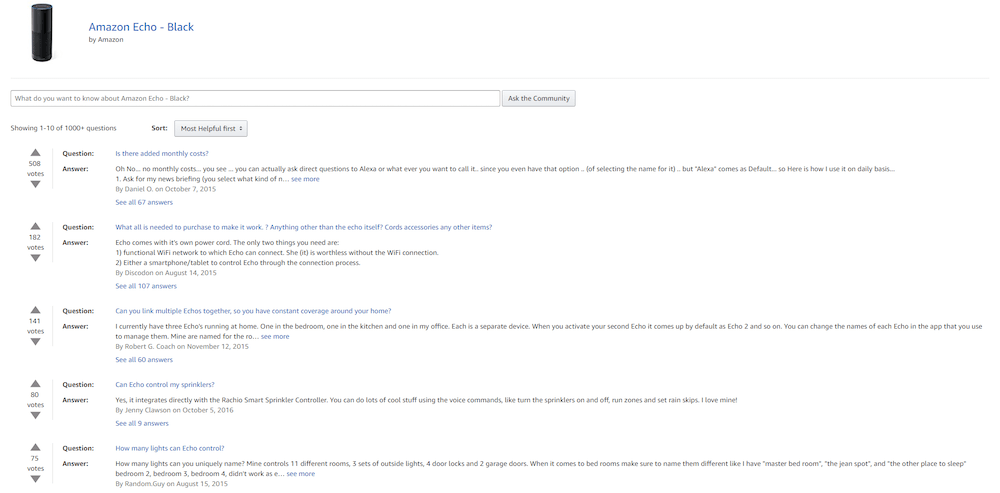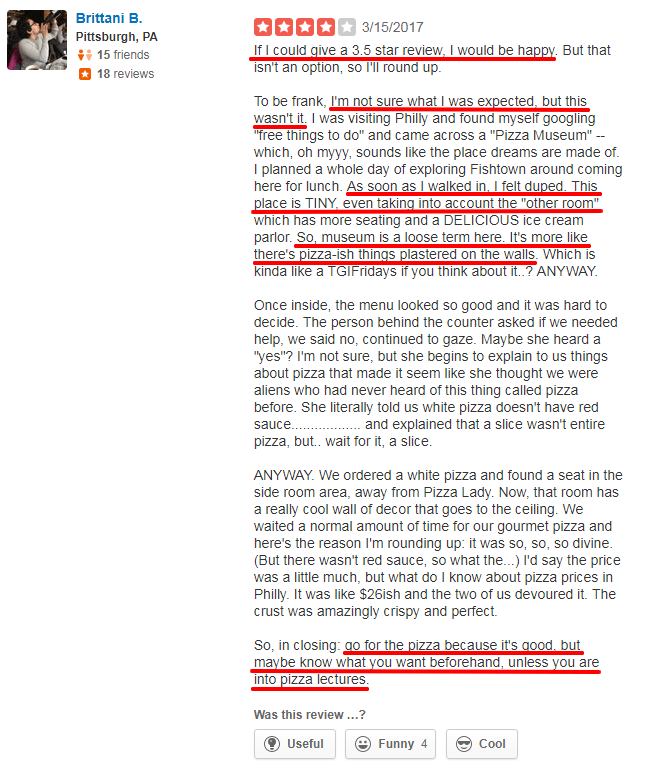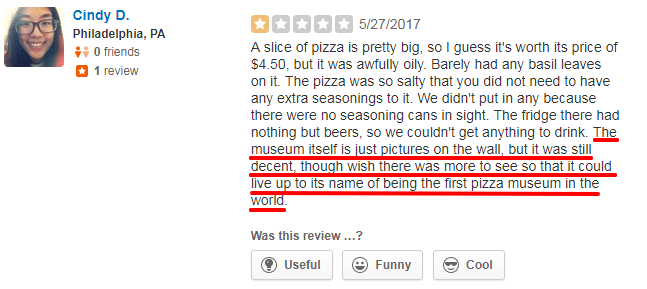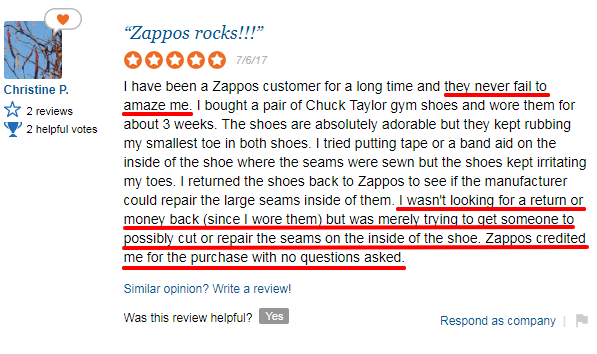Customers won’t tell you.
They know you’d love to know what they’re thinking. To get an inside look at how they make their decisions. But the fact of the matter is, they won’t share.
Because they don’t really know.
Make no mistake, customers think they know about decision making. Ask them and they’ll tell you about their “rational decision making process.”
- First, they determine what they need
- Next, they assess qualified candidates
- Finally, they select a winner
You’ll get some variation depending on who you ask but it’s usually something similar. It’s completely untrue.
Logical decision making is a myth
Antonio Damasio, Professor of Neuroscience at the University of Southern California made a startling discovery.
His research focused on the areas of the brain responsible for emotion. His work focused on patients who had a damaged limbic system. These patients were normal in every way, except for one thing.
They weren’t able to feel emotions.
During the course of his research Damasio discovered the people in his study all had the same unusual problem.
None of them could make decisions.
They were able to describe what they were supposed to do in logical terms, but without emotion, they found it incredibly difficult to make even the simplest of decisions (e.g. what to eat).
Damasio discovered that, at the point of decision, emotions are vital for decisions. What does this mean for us, for your customers? It means that every decision, even the ones we believe are purely logical are always based on emotion.
Customers are emotional decision makers
Contrary to popular belief, we’re all emotional decision makers. Emotion is a fundamental part of choice. It’s what customers won’t tell you, not because they aren’t willing, but because they don’t know.
Whether we like it or not, we’re all dependent on emotion.
What drives emotion? Our thoughts, information. The emotions your customer experiences come from three simple areas.
1. Inexperience. What you don’t know can hurt you. As customers we all understand this intuitively. Naturally, customers have questions. Are there any hidden fees? Is this safe? What am I getting myself into? These unanswered questions create a wide variety of negative emotions. Answering customer questions relieves these negative emotions.
2. Past experience. Customers are far more likely to approach you with fear if they were burned by a dishonest seller in the past. Did a competitor’s product fail shortly after purchase? Expect skepticism and doubt.
3. Perception. Politicians, used car salesmen and lawyers are often viewed as sleazy and dishonest. When there’s an industry or company bias at play, customers are immediately, automatically resistant. If you’re perceived as authoritative or prestigious, customers approach with a sense of awe and respect.
When a customer is looking to buy, one of these three scenarios is at play. But what does that look like? To find the answer, let’s look at a few product examples.
Inexperienced and unsure about Amazon Echo
Amazon Echo is a smart speaker system that offers buyers “hands free voice control”. It’s also a new product. It’s something most people aren’t familiar with yet. It makes sense then that customers have questions about it.
First, let’s look at inexperience. Echo is a new product so obviously inexperienced customers (almost everyone) have questions about the Echo.
- Is the Echo reliable?
- Is it accurate and dependable?
- Will it save me time?
- Are there any added monthly costs?
- What do I need to make the Echo work?
Customers arrive on site with thousands of questions.

Other customers jump in and provide helpful answers for other customers, defusing customer objections for Amazon. What’s also interesting, is the nature of customer questions.
They’re almost entirely based around inexperience.
What about reviews? What can customer reviews tell us about the buyer’s journey?

Michael’s story is sad, powerful and compelling. He’s a widowed quadriplegic who…
- Relies on Echo to retain his independence
- Calls out commands instead of a joystick with his mouth
- Realizes his Echo learns and improves daily
- Has dramatically improved his life and productivity
His story is loaded with emotion. It’s powerful because it rings true. Here’s the amazing part. Michael’s review has drawn other people to the product.

Reading his experience (and others like it), they’re convinced, they’ll be able to live a happier, more productive life with an Echo. Amazon’s reviews have given inexperienced customers confidence!
A perception problem for Pizza Brain Pizza Museum
Pizza Brain is listed as the nation’s first pizza museum. The restaurant was started by Brian Dwyer and is listed as the world’s largest collection of pizza memorabilia.
What comes to mind when you think of a museum. Big, spacious with lots to do/see, right? What did customers find?

Do other customers feel this the same way?

And so does Cindy.

Customers came to Pizza Brain with perceptions. The phrase “Pizza Museum” conjured up imagery of an actual museum, full of stories, artifacts and yes memorabilia. Customers wanted history but felt they got trinkets and memorabilia instead.
An expectations mismatch has created a perception problem.
That problem has created negative reviews, leading to more and more customers choosing to pass on Pizza Brain. This doesn’t even include their other negative reviews.
If there’s a perception at play – industry, company, individual – it needs to be addressed. If the perception customers have is positive, they expect you to live up to that perception. If the perception is negative, they’ll expect you to win them over (or they’ll move on).
Past experiences set the tone for Zappos
Zappos’ customer service stories are legendary. They’ve sent flowers to customers, after the death of a loved one, saves a best man from going barefoot at a wedding and even ordered pizza for the CEO and a few customers.
Their amazing performance creates a major expectation.
That their next experience will be as good (or better) than their last experience.
No pressure right?
But they continue to deliver, building on these past experiences with new and existing customers.

What if it’s a fluke? What if they’re not living up to customer expectations?

Their reviews state otherwise. Zappos continues to deliver. They’re building on the positive experiences customers have had in the past.
Here’s why that’s important.
A customer’s past experience may not be with you. It may be with a competitor or analogous provider. That past experience may be negative. It most likely isn’t your fault but it’s still your problem to deal with.
Past experience drives expectations. Customers want to avoid harm. If their experience is negative, they search for a signal demonstrating that you’re different. If it’s positive, they’re looking for you to match or exceed their expectations.
There’s pressure either way.
For customers, the buying process is painful
Customers are loaded down with what ifs, can I’s, and will I’s. They’re searching through reviews, looking for answers to their problems, their questions. They’re looking to relieve the fear and doubt that stalks them.
Inexperience, perception and past experience.
Just one problem.
There’s no way to relieve every single fear and answer every single question is there?
Nope.
But there’s good news. You don’t have to. You simply need to solve enough. Customers aren’t looking for an answer to each and every question, just answers to the important questions, the ones that matter to them.
Do that, and you’re in.
Go above and beyond and you’ve got a customer for life.
But how much is enough? How many questions do you have to answer? There’s no way to tell, every customer is different after all.
So, how do you win a customer over?
It’s simple.
You tell the whole story. Follow Amazon’s example. Flush out every question you can think of, every objection, every problem ahead of time. Then, answer each question completely. Tell the whole story.
Customers make their decisions when they feel satisfied with your answers. The truth sets them free from their negative emotions, from their fear, stress and anxiety.
Customer decisions aren’t purely logical, they can’t be…
We use our emotions to make decisions and facts (e.g. information, reason) to validate decisions already made.
Customers won’t tell you what they’re thinking, because they don’t know.
But they know how they feel.
Customers think they know about decision making. Ask them and they’ll tell you about their “rational” decision making process.
But you know the truth.
Science shows decisions are made with emotion and justified with data. Give customers the answers they’re looking for and you’ll help them complete the buyer’s journey, no secrecy required.
About the Author
Andrew McDermott
Andrew McDermott is the co-founder of HooktoWin. He shows entrepreneurs how to attract and win new customers.











